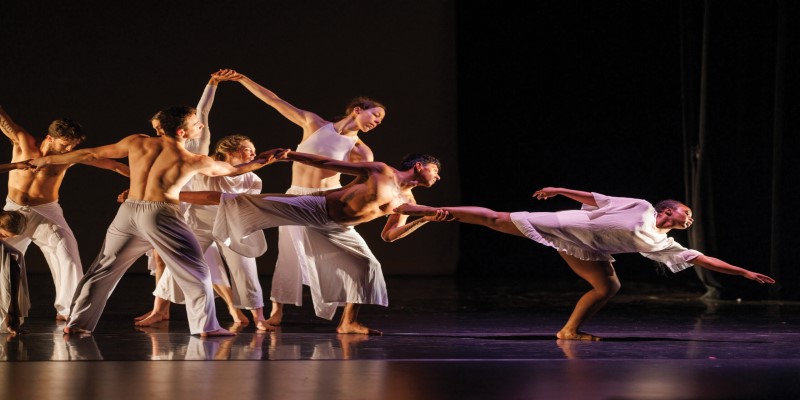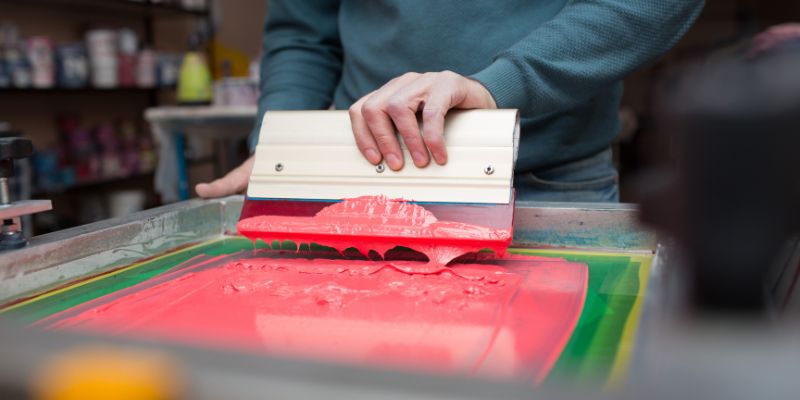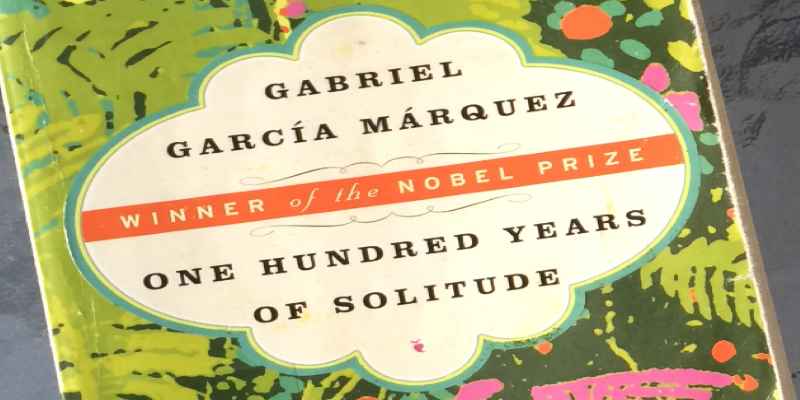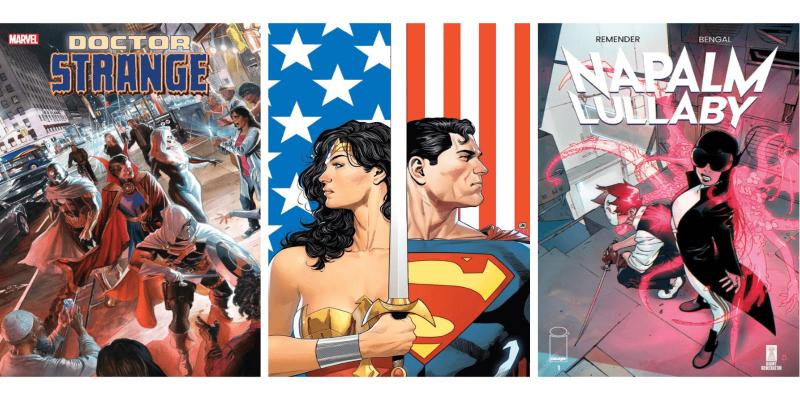Contemporary dance, a mesmerizing avenue of artistic expression, has gracefully evolved, seamlessly weaving together diverse styles and movements. Join us as we delve into the intricate layers of contemporary dance, seeking to unravel its essence.
In this journey, we'll discover the fascinating history of this lively art form and highlight the choreographers who have left a lasting impact. Get ready to immerse yourself in the fluidity of contemporary dance, where each movement tells a unique story, and the fusion of tradition and innovation creates a tapestry of emotions.
Contemporary dance, a dynamic and fluid art form, emerged in the mid-20th century, boldly departing from traditional dance norms. Drawing inspiration from ballet, jazz, and modern dance, it is a versatile canvas for dancers to convey emotions, narrate stories, and explore abstract concepts.
Diverging from the rigid techniques of other dance forms, contemporary dance uniquely fosters personal interpretation and creativity. This liberating style empowers dancers to express themselves authentically, embracing the freedom to interpret movements in ways that resonate with their individuality and the evolving cultural landscape.
In the mid-1900s, contemporary dance emerged as a bold departure from the strict confines of classical ballet, sparking a rebellion against conventional structures. Visionary choreographers, driven by a quest for freedom in movement and expression, laid the foundation for this groundbreaking art form.
As societal shifts unfolded, dance transformed alongside it. In the 1950s and 1960s, trailblazers such as Martha Graham and Merce Cunningham assumed pivotal roles in sculpting contemporary dance. Graham's passionate choreography and Cunningham's dedication to pure movement, divorced from narrative constraints, left an indelible mark on the genre's evolution.
The 1980s and 1990s ushered in an era of experimentation. Post-modern dance, led by innovators like Pina Bausch, boldly challenged conventions by incorporating theatrical elements into choreography. This period witnessed a dynamic fusion of dance and technology, pushing the boundaries of artistic expression to new frontiers.
In the 21st century, contemporary dance remains a dynamic force, embracing a kaleidoscope of styles and themes. Crystal Pite Akram Khan and other choreographers are constantly transforming the art of dance. They skillfully combine traditional and innovative techniques, enhancing this continuously evolving expression.
Martha Graham: Martha Graham, a revolutionary force in modern dance, revolutionized the art form by emphasizing psychological and emotional dimensions. Her enduring contribution, the Graham Technique, remains influential and serves as a cornerstone for dancers exploring the depths of expression.

Merce Cunningham: Merce Cunningham boldly changed how people viewed dance by focusing on the movement itself, going against traditional norms. Collaborating with visionaries like John Cage, he ushered in a radical transformation, leaving an indelible mark on the landscape of contemporary dance.
Pina Bausch: Pina Bausch, a pioneer in Tanztheater, seamlessly integrated dance with theatrical elements, dismantling the boundaries between the stage and the audience. Her unique way of telling stories through movement captured her attention and greatly impacted the direction of modern dance.
Crystal Pite: Crystal Pite is famous for her ability to tell stories through dance, effortlessly blending classical and contemporary styles. Her works explore the complexities of relationships and society, providing a deep and insightful look into the human experience.
Akram Khan: Akram Khan, acclaimed for fusing classical Kathak with contemporary dance forms, has earned international acclaim. His dance shows reflect a blend of different cultures, creating a unique and captivating dance style that appeals to people worldwide.
Ohad Naharin: Ohad Naharin, a key figure in modern dance, is famous for creating the Gaga movement language. His innovative choreographic approach focuses on sensations, emotions, and unrestricted exploration, offering a unique avenue for dancers to connect with their bodies and unleash creative freedom.
Entering the world of contemporary dance requires an open mind and a willingness to explore movement in unconventional ways. Here are a few steps to help you get started:

Take Classes: Immerse yourself in contemporary dance by enrolling in classes. These sessions provide a foundational understanding, allowing you to grasp the fundamentals while discovering and refining your unique movement style.
Watch Performances: Attend live contemporary dance performances to glean inspiration and witness diverse choreographic approaches in action. Observing professionals on stage offers valuable insights into the art's expressive possibilities.
Experiment and Express: Embrace the freedom of contemporary dance by experimenting with movements that resonate with your emotions. This genre encourages personal interpretation, allowing you to express yourself authentically through the language of movement.
Explore Improvisation: Dive into improvisation as a means of self-discovery and creative expression. Let your body respond organically to the interplay of music and emotions, unlocking new dimensions of spontaneity and innovation.
Connect with the Community: Forge connections within dance communities or groups. By exchanging stories and gaining insights from fellow enthusiasts, you'll enhance your understanding and find opportunities to collaborate that encourage growth and creativity.
Contemporary dance, stemming from a spirit of rebellion and innovation, maintains its global allure. The tapestry of its history, woven by visionary choreographers, mirrors the perpetual evolution of artistic expression. Whether you're a seasoned performer or taking your initial steps, contemporary dance beckons you to embark on a journey into limitless movement and self-expression.
Embracing this artistic freedom, allow the rhythm to be your guide, unlocking the profound transformative potential of contemporary dance. It's an invite not just to dance but to connect with the heart of the movement, fully engaging in the expressive world of contemporary dance
.

By Frederica/Feb 12, 2025

By Frederica/Feb 29, 2024

By Celia Shatzman/Jun 03, 2025

By Celia Shatzman/May 22, 2025

By Amelia Martin/Nov 13, 2024

By Frederica/Oct 29, 2024

By Eleanor/Feb 23, 2024

By Madison Evans/May 22, 2025

By Vicky Louisa/Mar 17, 2025

By Eleanor/Oct 17, 2024

By Darnell Malan/May 13, 2025

By Triston Martin/Oct 29, 2024